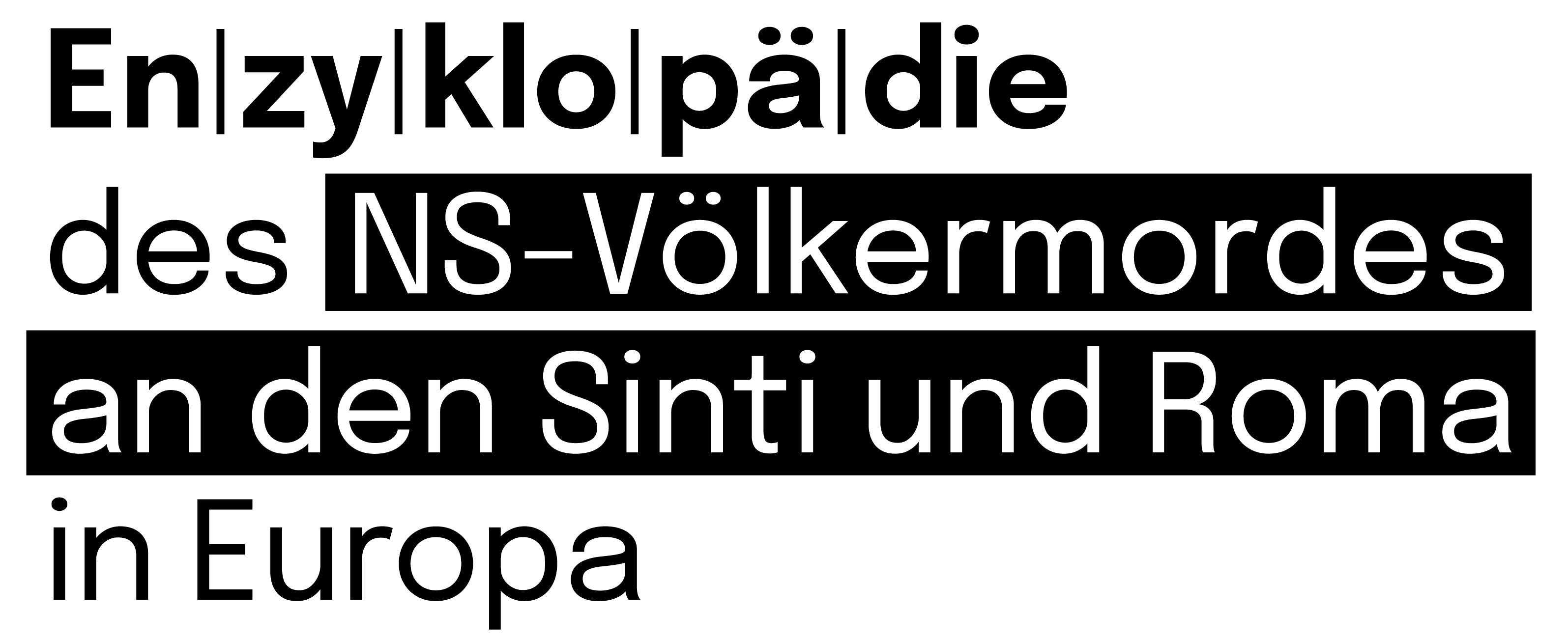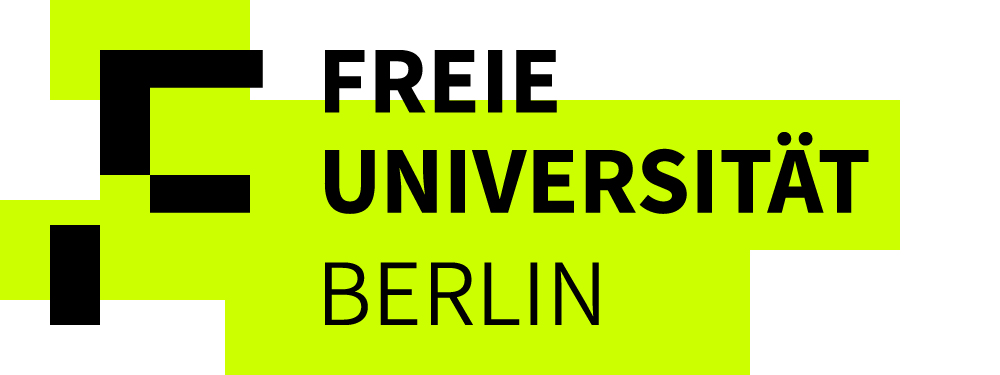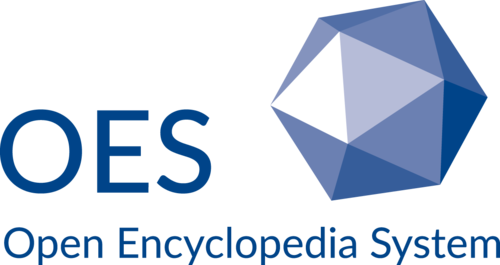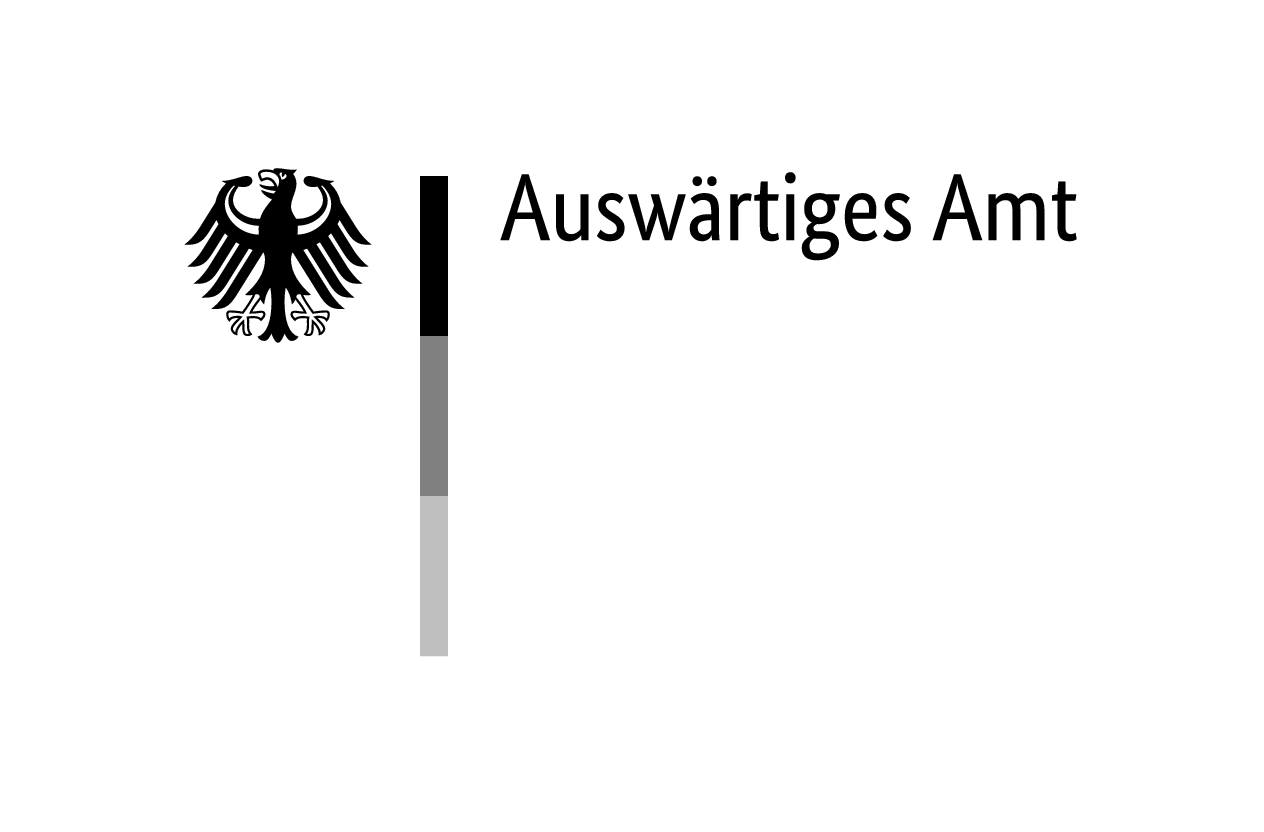The ‘Shoah Foundation. The Institute for Visual History and Education at the University of Southern California (USC)’ has the most extensive oral history collection in the world. Founded in Los Angeles in 1994 on the initiative of filmmaker Stephen Spielberg (born 1946), the institution set out with the aim of recording video interviews with as many Holocaust survivors and witnesses as possible in order to make them available for teaching and educational purposes. The focus was on documenting the life stories of Jewish survivors, but survivors of other persecuted groups were also interviewed. Between 1994 and 2000, the USC Shoah Foundation collected over 52,000 interviews with Holocaust survivors and witnesses, including 407 with Sinti and Roma.
Creation and Preparation of the Interviews
The life story video interviews were conducted by volunteer interviewers in 56 countries and in 32 languages. The interviews follow a semi-open, biographical method structured by the interviewers. The collection was systematically catalogued, indexed and digitally published on the Visual History Archive interview platform in 2006.1 See https://vha.usc.edu/. Since then, the archive has been expanded to include interviews from other institutions and on other topics, so that by February 2024 it comprised more than 56,660 interviews, 55,173 of which were conducted with victims of National Socialist crimes. Only a small proportion of the interviews have been transcribed so far and they are available in the languages in which they were conducted. Indexing by place, topic and person enables targeted research.
The Visual History Archive can be searched online after registration, but only a limited number of the video interviews are available in this online version. Only institutions with a full access licence have access to all interviews.
Interviews with Sinti and Roma
The 407 interviews with Sinti and Roma were conducted between 1995 and 1999 in 18 countries and in 16 languages. Most of the interviews lasted between half an hour and an hour and a half, with the longest lasting around four hours. The 222 female and 185 male interviewees were mainly from Poland (181) and Ukraine (135) and were mostly interviewed in Polish, Russian or Ukrainian. The Polish interviewer Stanisław Laskowski (biographical data unknown) alone conducted 179 of the interviews. However, interviews were also conducted in Austria (4), Belarus (3), Bulgaria (5), the Czech Republic (3), Germany (11), France (1), Hungary (2), Italy (3), Latvia (6), Moldova (16), the Netherlands (1), Romania (7), Serbia (7), Slovakia (6) and the USA (4). More than three quarters of the interviewees came from Romanes-speaking communities, and 24 of the interviews were conducted in Romanes. However, these have not yet been indexed and therefore cannot be found via the topic and keyword search.
Transcripts of 19 of the interviews are available in the Visual History Archive (15 in German, four in English). The German-language transcripts are also searchable in full text on an online platform created by the Freie Universität Berlin.2 See https://transcripts.vha.fu-berlin.de.
Life before, during and after the National Socialist persecution is discussed in the biographical interviews. The survivors describe their family and professional lives, cultural traditions, Christian and Muslim rituals and relationships between different communities and with the respective majority populations. The interviews focus on memories of persecution: Discrimination and exclusion, forced labour, deportations to concentration and extermination camps, survival in hiding, loss of home and loved ones. The interviews are also characterised by reports of the racial discrimination that continued after the war, the struggle for recognition as victims of National Socialism, ongoing experiences of marginalisation and—particularly in the interviews conducted in Central, Eastern and South-Eastern Europe—economic hardship.




